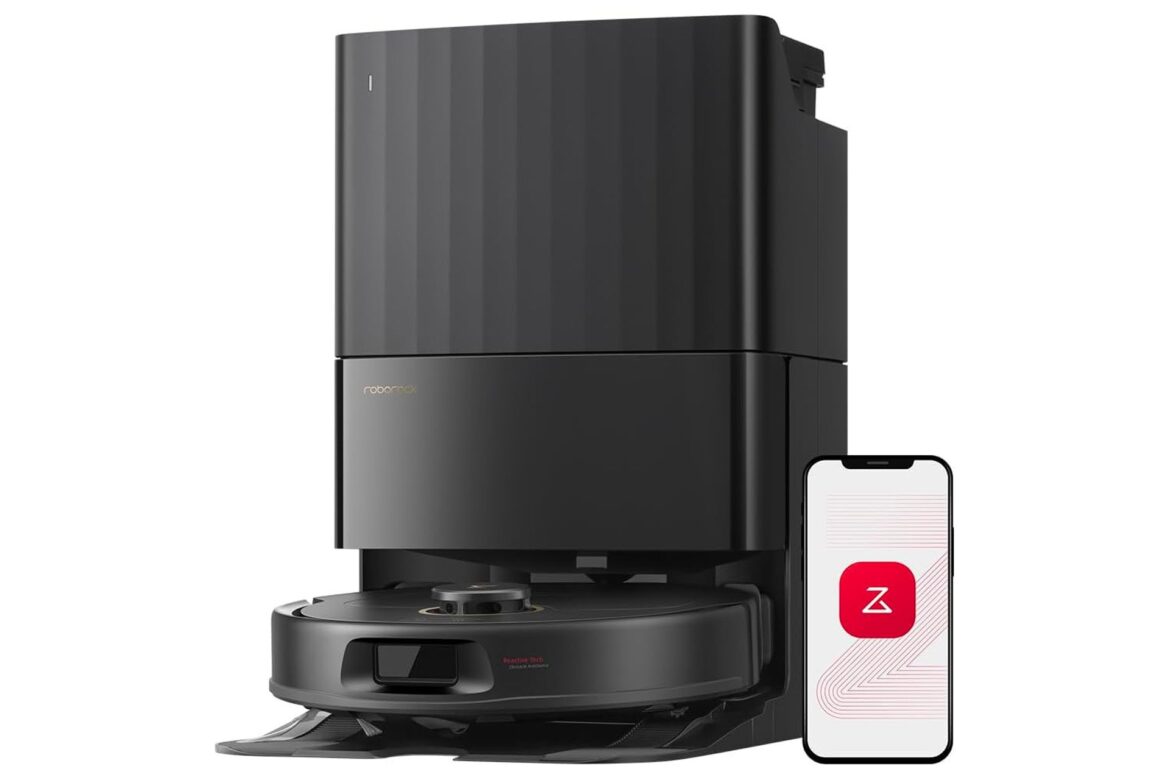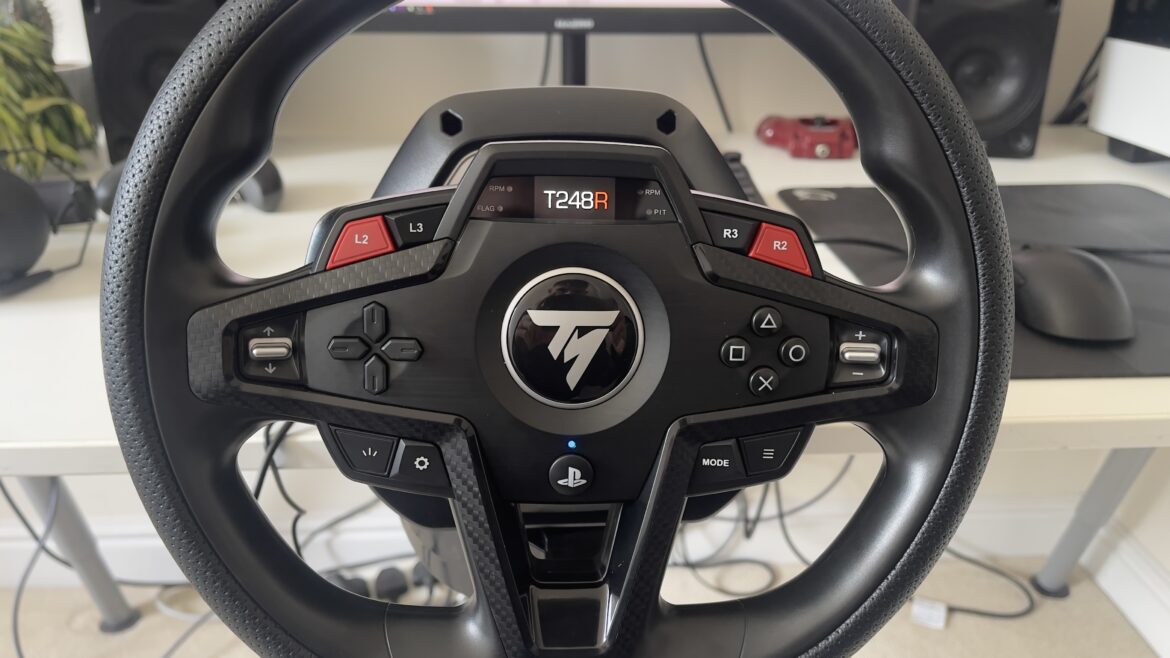Dyson pioneered the cordless bagless vacuum cleaner category and remains the brand everyone tries to copy but nobody quite matches. Even older models like the V8 Plus continue to outperform most competitors’ newer releases which says something about the engineering quality baked into these machines. If you’ve been waiting for the right moment to invest in a Dyson without paying full flagship prices, Prime Big Deal Days on Amazon just delivered exactly that opportunity. Prime members can grab the V8 Plus at an all-time low of $299 instead of its typical $539 price tag, which is a massive 44% discount on a vacuum that still holds its own against much newer models.
See at Amazon
The core appeal of cordless stick vacuums centers on convenience and the V8 Plus nails this concept. You can clean your entire home without dragging a corded vacuum from outlet to outlet or dealing with the weight and bulk of traditional uprights. The lightweight design means you can carry it upstairs, clean ceiling corners or vacuum out your car without your arm getting tired halfway through.
The battery delivers up to 40 minutes of fade-free suction in standard mode, which translates to enough runtime to clean most homes in a single session. When you encounter stubborn messes or high-traffic areas that need extra attention, MAX mode provides intensified suction for spot cleaning, though this reduces runtime to just a few minutes.
Most Affordable Dyson Vacuum Cleaner
The Motorbar cleaner head represents one of Dyson’s smartest innovations. This powered brush roll actively de-tangles wrapped hair as you clean, automatically clearing long strands and pet fur that would normally wind around the brush and require manual removal. If you’ve ever spent 15 minutes cutting hair off a vacuum brush with scissors, you’ll appreciate how much hassle this eliminates.
In addition to the primary cleaner head, the supplied hair screw tool addresses pet hair and lengthy human hair in problematic areas by itself. With its anti-tangle conical brush bar configuration, it extracts hair off pet beds, auto interiors, stairways and chair furniture where regular attachments would merely circulate hair about or clog themselves right away.
The V8 Plus turns into a handheld vacuum by removing the wand, which then turns it into a whole other kind of cleaning machine for autos, stairs, furniture, and confined areas. Since it’s a dual-purpose vacuum, you are getting two vacuums for the price of one package. The three accessories provided give you increased reach for other types of cleaning jobs: dusting high places, reaching into crevices, or cleaning delicate areas requiring less suction force.
Whole-machine advanced filtration catches 99.99% of particles down to a tiny 0.3 microns, including nearly all allergens, dust mites, and ultra-fine dust which other vacuum cleaners would blow back into your airstream. The sealed filtration process results in the output of air actually being cleaner than it took in and it makes a genuine difference for allergy, asthma, etc.
At $299 for Prime Big Deal Days, you’re getting proven Dyson engineering and performance for nearly half of the going retail price. Make sure you don’t miss that deal.
See at Amazon










